Warning: there be spoilers ahead.
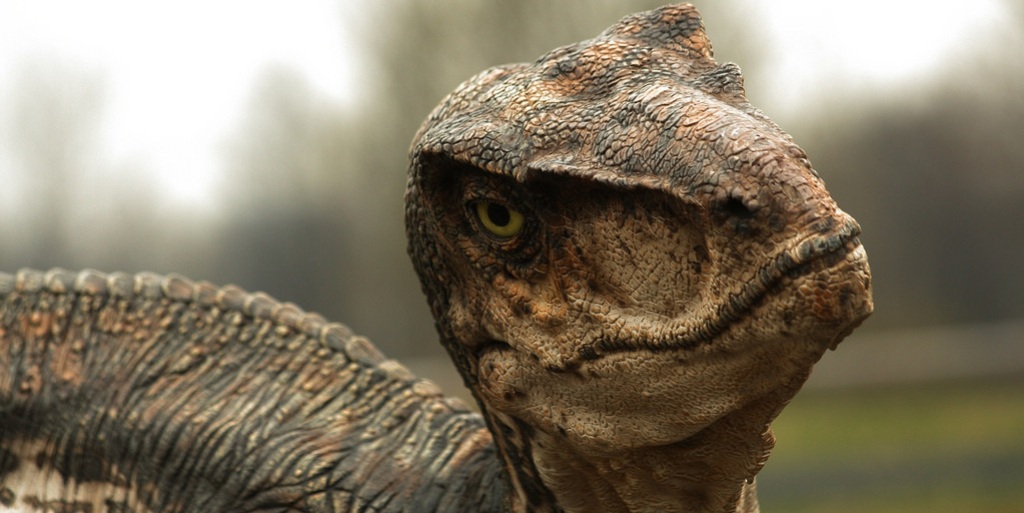
In a recent piece on RogerEbert.com, Nick Allen wrote of the need to take blockbusters seriously: “They are a collection of specifically chosen images inherent with ideas, reflecting culture, hoping to create ideas, all within the cause of entertainment.” While he was writing in reference to Jurassic World’s issues with feminism, the same can equally apply to the recent dino-hit’s interpretation of genetic engineering. What we watch says a lot about who we are as individuals and as a culture. There is some measure of implicit support when we collectively spend millions of dollars watching the newest Hollywood blockbuster. In terms of feminism* the film probably failed, but what about for the environmental movement? Maybe there is a slight glimmer of hope for a future sustainably filled with dinosaurs**?
FilmComment’s Michael Sragow was quick to point out, “The carnival-like presentation of the mosasaurus, an enormous marine predator, recalls Blackfish’s depiction of SeaWorld exploiting orcas.” And the similarities between Jurassic World and SeaWorld run much deeper than that. Both parks maintain a semblance of science (think of the brief scenes in the Hammond Center), but really just use animals for the sake of corporate profit.
And just so you know I’m not making this up, pretty much everyone else noticed the eerie parallels between the parks.
Must see Jurassic World identical to #SeaWorld– creating genetic hybrids, calling them “assets” and all for exploitation and money. Uncanny.
— John Hargrove (@johnjhargrove) June 12, 2015
The resemblances between Jurassic World & places like #seaworld is uncanny http://t.co/DgJ6PsMzdz #Blackfish pic.twitter.com/YxpPKfA1jc
— rebels mom (@anonhumanperson) June 15, 2015
Fortunately, the film tends to portray this as a bad thing. Jake Johnson’s everyman character, Lowery,, and Chris Pratt’s Owen Grady lament the treatment of the dino’s as ‘assets.’ The death of the ‘money-man,’ Simon Masrani can be read as corporate greed meeting its match, as the dinos are freed.
When it gets right down to it, the major issue with IRL parks like SeaWorld and the fictional Jurassic World is the idea that animals are the entertainment.
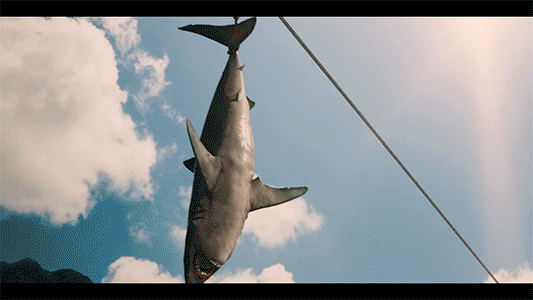
Also, also. can we talk about how they just kill a shark? Sharks are massively important to the ecosystem and are already being hunted to the point of extinction. Yet this movie uses a shark as a simple device to show how badass the Mosasaurs is. Just stahp guys kay?
The problem with viewing animals as mere moneymakers, versus living beings, is it becomes all to easy to ignore the needs of said beings. Blackfish documented how SeaWorld’s orcas were kidnapped from their wild families and kept in inappropriately small pens, among other injustices. In Jurassic World, the only reference to animal care is when Owen Grady (Chris Pratt) notes that Indominus Rex’s living conditions, alone and behind huge walls, has probably made it insane.
The history of InGen/Masrani has been to continually tamper with genetics with little regard for consequences, resulting in repeated instances of destruction. I’d say Monsanto has basically the same history.
Monsanto, probably the biggest name in GMO, is no stranger to putting profits before people. They exist in that fun area where accelerating climate change actually increases their profits. But more relevantly they use their corporate power to drive potentially unsafe GMO R&D. They boldly create infection resistant plants (among others) without taking the time to consider what will happen to the nutrient content of the ground or the strain on water resources attempting to grow a non-native crop.
The Masrani Global Corporation in Jurassic World also focuses on creating a product for a specific purpose: Indominus Rex. This dinosaur is built from a variety of DNA – including cuttlefish, tree frog, tyrannosaurus rex, and velociraptor. Indominus is successful in its specific purpose (i.e. be a big bad dino that park attendees will go crazy for), much like Monsanto’s crops. At the same time, their existences end up having wildly unpredictable (well, except by the laws of summer blockbusters… the audience knew what was coming) consequences.
Much as Indominus Rex singlehandedly destroys Jurassic World, Monsanto’s policies have gone on to create a giant messy industrial agriculture complex that crushes independent farmers underfoot and wrecks countless acres of arable land.
So basically, evil multi-billion dollar companies don’t just exist in movies***. And when we walk out of the theater agape at the witness of the horrors of corporate greed, it’s worth keeping in mind that some things are rooted firmly in reality.
Now this is certainly a discussion for another blog post, but for the purposes of exploring the ideas in Jurassic World, genetic modification isn’t inherently evil. GMOs can have tons of benefits both in fantastic fictional universes and on our own equally as incredible, but real, planet.
It is important to note, that Jurassic World isn’t a giant neon anti-GMO sign. There is a more nuanced message: the treatment and understanding of genetically modified organisms is important. In and of itself pulling dinosaurs from extinction and experimenting with their genetic code isn’t bad. In fact, the scientific endeavors have surely helped medical and science advances in other realms — how could they not. But the entire park begins to crumble when Masrani/InGen put profits first.
“And ultimately, the issue isn’t that more technology is worse (Dr. BD Wong, scientist, points out that ALL the dinos are genetically engineered) — the difference between the good dinos and evil ones has nothing to do with technology, and everything to do with love. It’s not saying science is bad, it’s saying love your monsters.” Quote
Perhaps Indominus Rex might have turned out more manageable had she not been raised in isolation, had more careful research been done to predict her traits and behaviors: an almost perfect parallel of the GMO argument.
On their own, genetically modified plants and animals can do wonders for growing more and even healthier food. Unfortunately, when put into practice we see monopolies and giant monocultures that require more and more subsidies and pesticides to be viable both economically and horticulturally.
N.B.
*Jurassic World is really sexist, like the worst kind b/c the writers think they aren’t being sexist.
** a girl can dream right? like I know an IRL Jurassic Park/World is a terrible idea, but I would probably go. I’d be eaten, and probably be the one grabbing the margaritas as the Pterodactyls attack, but I’d still go.
*** we’re swinging pretty hard at Monsanto here — and while they may be the biggest and the baddest, they definitely aren’t the only one contributing to the problems of GM crops and Industrial Agriculture, DuPont, Syngeta AG and the Dow Chemical Company are also big names in ruining the earth — so feel free to point some pitchforks at them if you’ve got some time.
This freakin’ fantastic post was written in collaboration with Chris Johnson a crack photog, videographer and all-around movie genius.

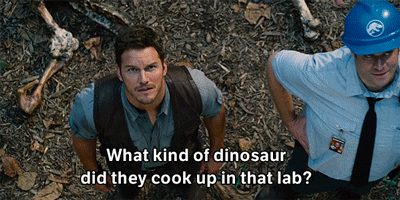
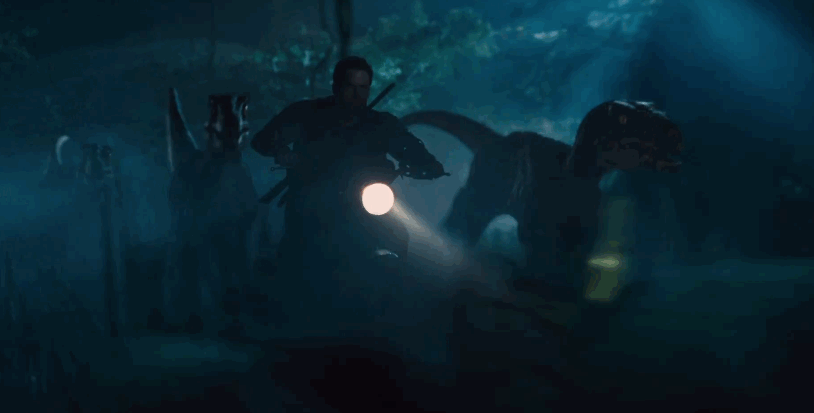
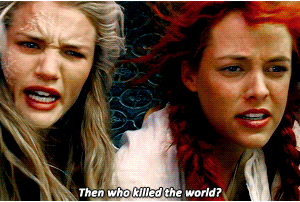
Leave a Reply